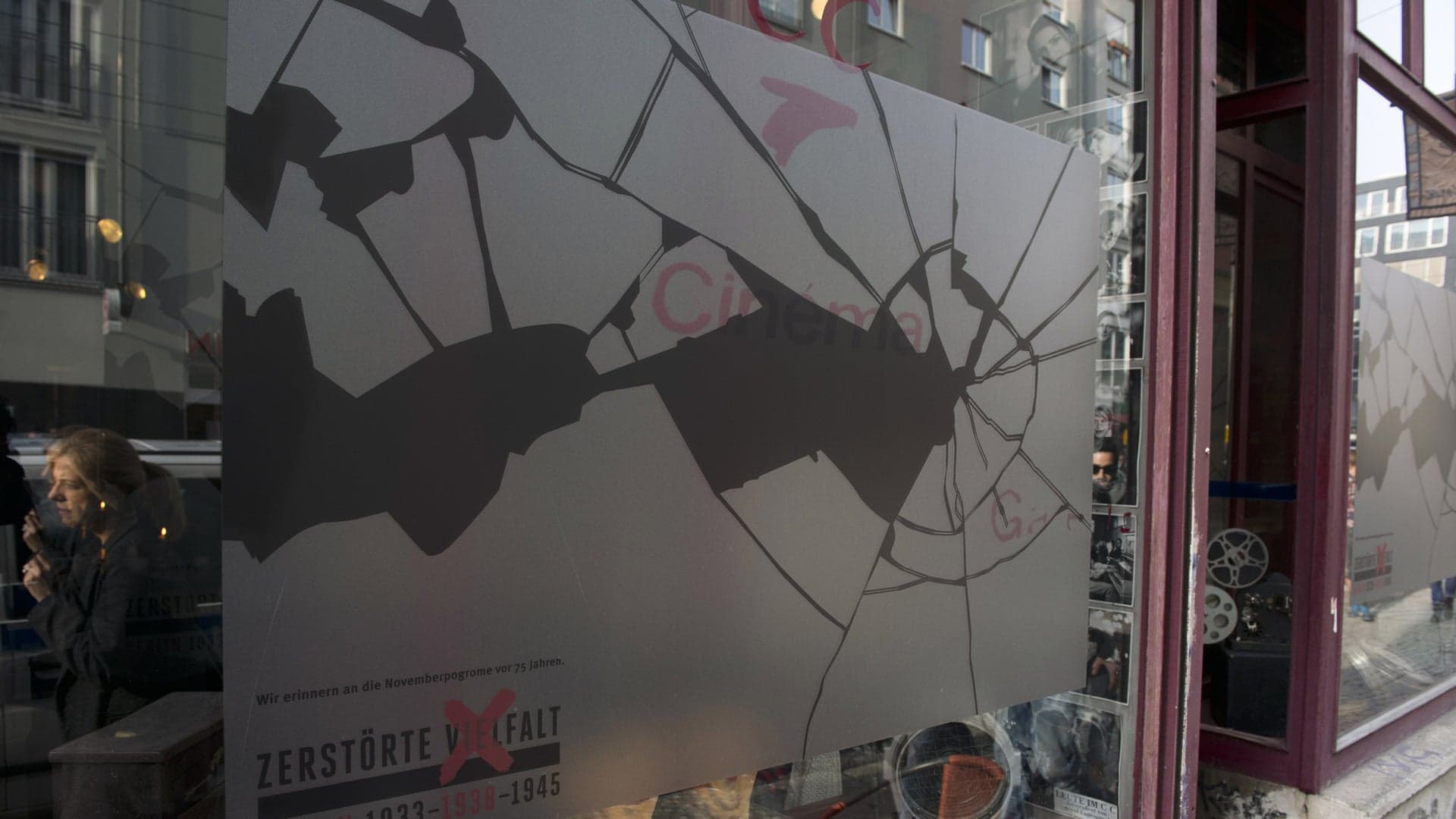On November 9, 1938, in an event that would foreshadow the Holocaust, German Nazis launch a campaign of terror against Jewish people and their homes and businesses in Germany and Austria. The violence, which continued through November 10 and was later dubbed “Kristallnacht,” or “Night of Broken Glass,” after the countless smashed windows of Jewish-owned establishments, left approximately 100 Jews dead, 7,500 Jewish businesses damaged and hundreds of synagogues, homes, schools and graveyards vandalized. An estimated 30,000 Jewish men were arrested, many of whom were then sent to concentration camps for several months; they were released when they promised to leave Germany. Kristallnacht represented a dramatic escalation of the campaign started by Adolf Hitler in 1933 when he became chancellor to purge Germany of its Jewish population.
WATCH: Third Reich: The Rise on HISTORY Vault
The Nazis used the murder of a low-level German diplomat in Paris by a 17-year-old Polish Jew as an excuse to carry out the Kristallnacht attacks. On November 7, 1938, Ernst vom Rath was shot outside the German embassy by Herschel Grynszpan, who wanted revenge for his parents’ sudden deportation from Germany to Poland, along with tens of thousands of other Polish Jews. Following vom Rath’s death, Nazi propaganda minister Joseph Goebbels ordered German storm troopers to carry out violent riots disguised as “spontaneous demonstrations” against Jewish citizens. Local police and fire departments were told not to interfere. In the face of all the devastation, some Jews, including entire families, died by suicide.
In the aftermath of Kristallnacht, the Nazis blamed the Jews and fined them 1 billion marks (or $400 million in 1938 dollars) for vom Rath’s death. As repayment, the government seized Jewish property and kept insurance money owed to Jewish people. In its quest to create a master Aryan race, the Nazi government enacted further discriminatory policies that essentially excluded Jews from all aspects of public life.
Over 100,000 Jews fled Germany for other countries after Kristallnacht. The international community was outraged by the violent events of November 9 and 10. Some countries broke off diplomatic relations in protest, but the Nazis suffered no serious consequences, leading them to believe they could get away with the mass murder that was the Holocaust, in which an estimated 6 million European Jews died.

